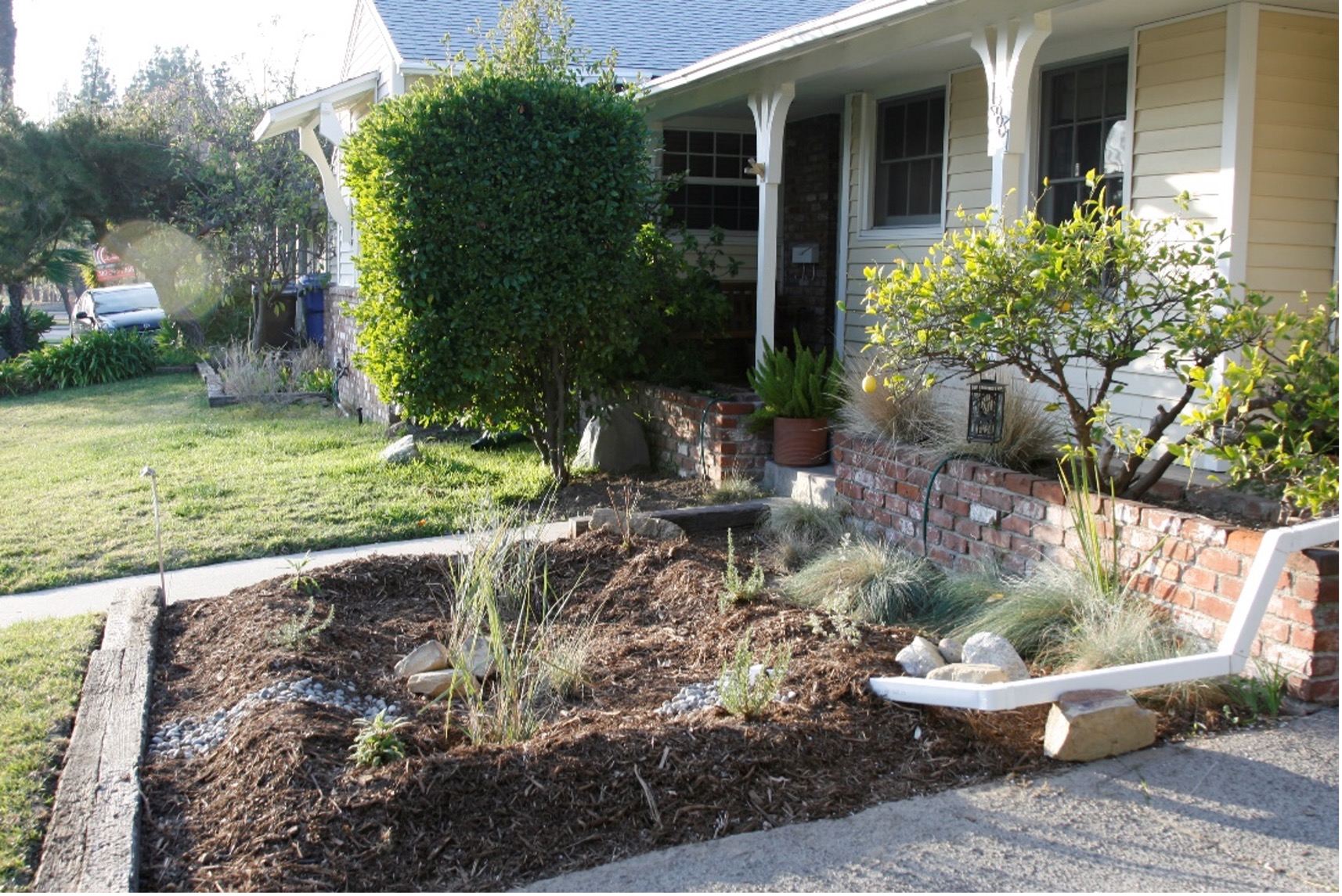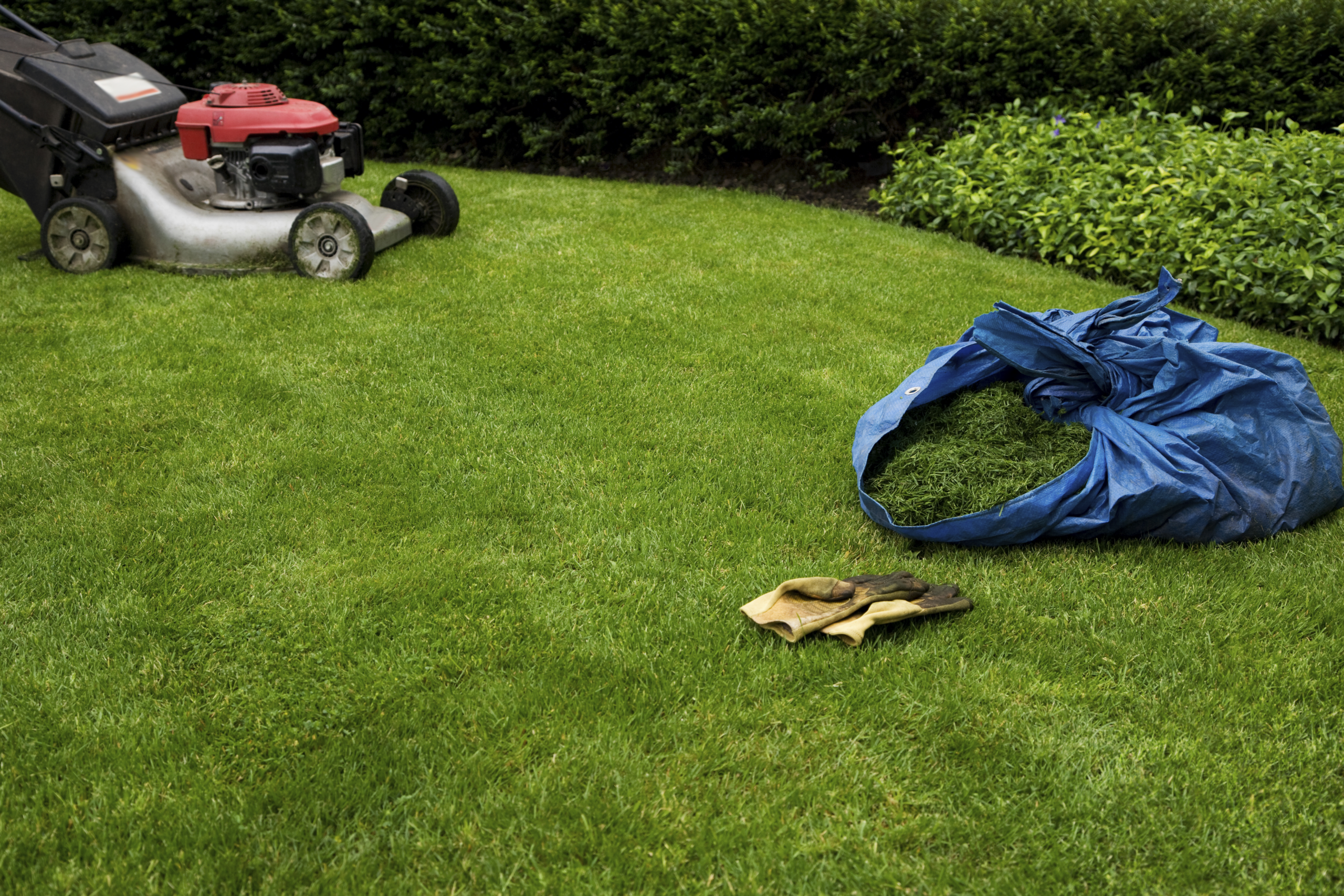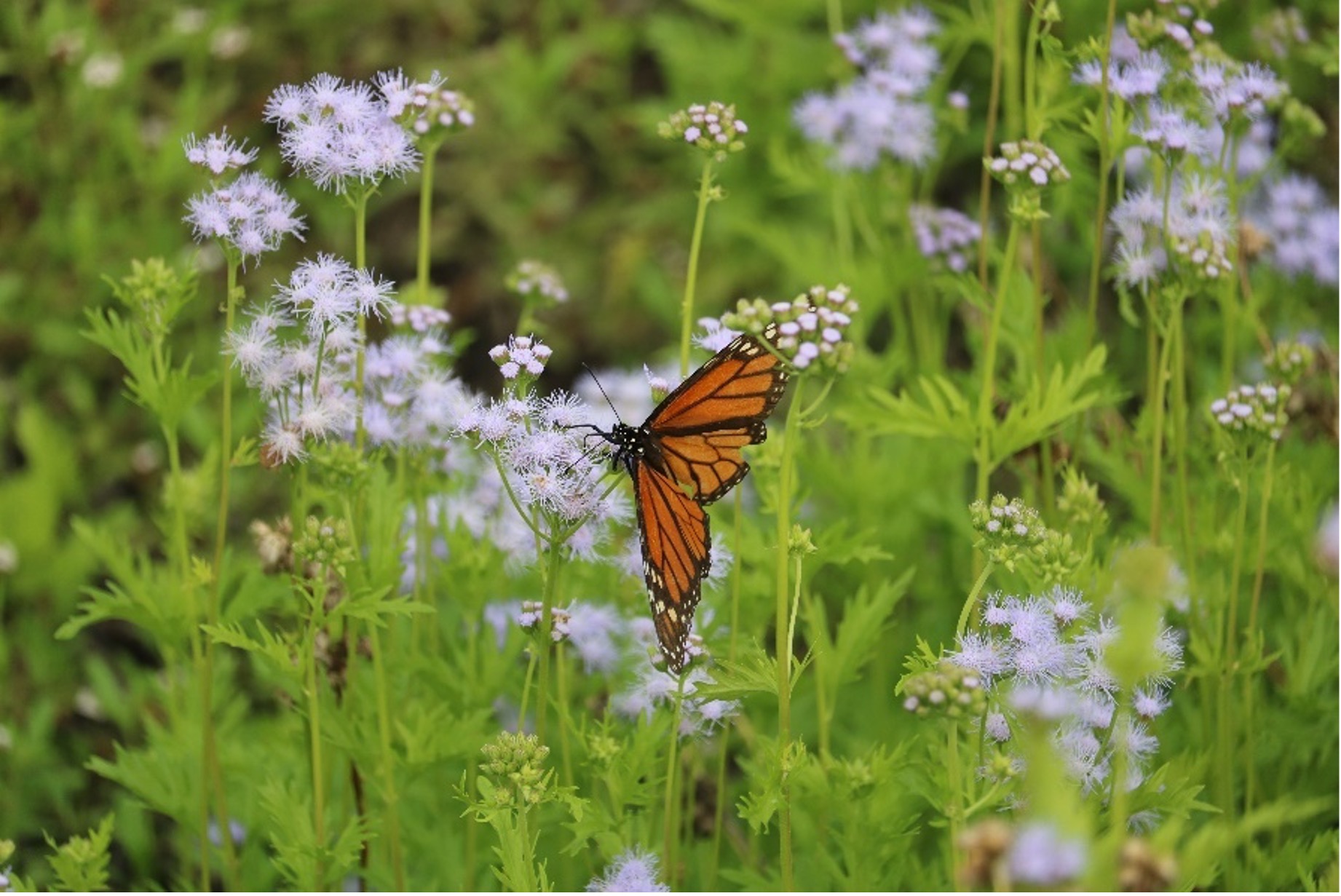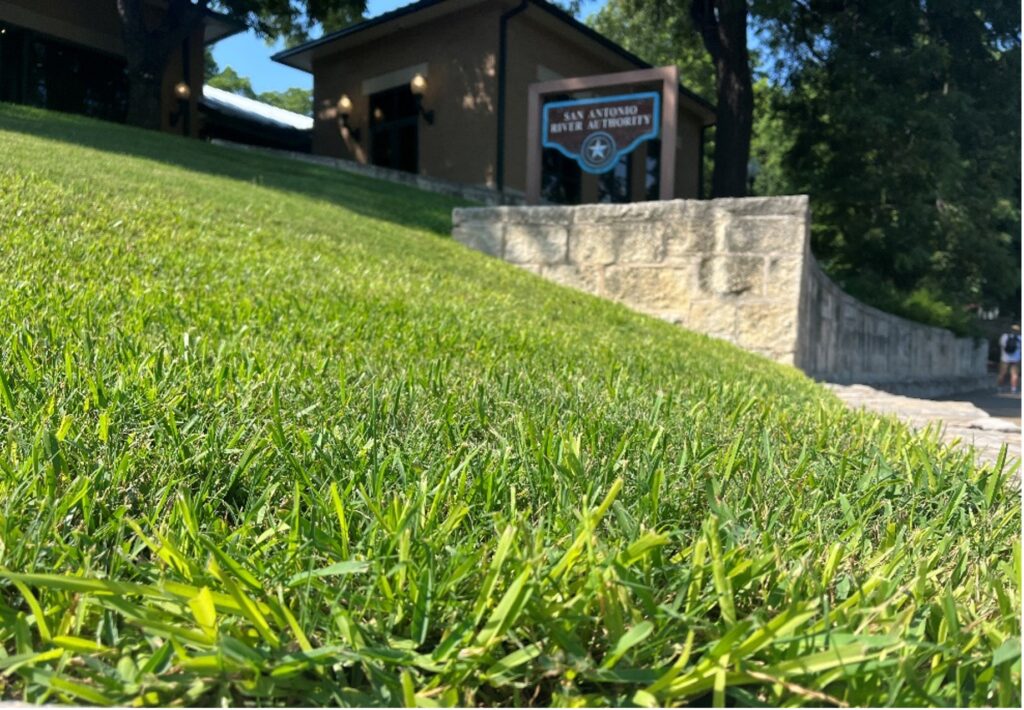Last Updated on January 30, 2024
The summer heat has settled in here in the San Antonio River Basin! This heat means that summer rains will have little impact on most lawns and plants. So how can you water your yard and keep it looking great while being kind to our watershed and aquifers?
San Antonio has an average annual rainfall of about 32.4”. That’s quite a bit of precipitation – the rainy Portland, OR, gets only 4 inches more at 36”. However, San Antonio receives the rainfall mainly in large spring and early fall storms rather than spread throughout the year. This means that during the hot, dry months, there can be a lot of stress on water resources. In fact, research from the Texas Water Development Board found that San Antonians used roughly 25% of municipal water supplies on their landscapes alone! For a city with over a million people, that’s a lot of water! Our water use directly affects the health of the ecosystems and wildlife that rely on our local waterways. Less water in our aquifers means less water flowing in our creeks and rivers.
Read below for some key things to consider when watering your landscapes, especially in the summer!
Lawn Care in the Summer
San Antonio Water System (SAWS), the largest drinking water and sewage utility in Bexar County, sets water restrictions primarily to protect the Edwards Aquifer and its endemic species, like the Texas blind salamander (Eurycea rathbuni). If SAWS is not your water provider in Bexar County, or you are living in Wilson, Karnes, and Goliad counties, check with your local municipality or use this water utility search to find any regulations that may apply to you. Before watering, it’s essential to check these regulations to avoid fines and to be most effective with your watering!
These Roots Don’t Run Deep
Did you know that most turfgrasses typically have very shallow roots? The most common turfgrasses in typical lawns are coastal Bermuda grass (Cynodon dactylon) or St. Augustine grass (Stenotaphrum secundatum), which have roots that usually only reach two to six inches into the soil. When watering turfgrass, the plants don’t take up water from any deeper than their root zone, and in many cases, not even the full extent of their root depth. Because the root zone is such a small, shallow area, it is prone to quickly drying out as well as reaching its maximum saturation capacity.
The root structures of non-native vs. native plant species. Note that you can barely see the roots of non-native turfgrass (fourth from the left)! Photo courtesy of Mid-America Regional Council
You can still make a difference even if you have a turfgrass lawn! Lawns and many plants in our area benefit from infrequent water, forcing their roots deeper and making them more resilient. Turfgrass only needs one inch of water per week. If using a garden hose or sprinkler system, place an in-ground rain gauge or small container in your watering area and time how long it takes to fill the containers by approximately one inch. Watering more than this provides more water than your plants can utilize.
Tips for Effective Lawn Watering
You can also save water by how you apply it. If using a sprinkler, make sure the droplets are large, and there is no mist or fine spray. Larger droplets tend to fall to the ground and into the soil, whereas finer drops, like mist, evaporate before reaching the soil. Adjusting your rain gutter spout toward your yard instead of onto the street or installing a rain barrel around your home could also help. From just a 20×20 foot section of roof, you could collect 80 gallons from a half-inch of rain! By implementing these small actions, you will do your part to put less pressure on water resources during dry times.

Extending or turning your gutter downspout to a garden instead of the driveway helps to conserve water.
Water Conservation
Mow height can also affect how much water your lawn needs. Cutting grass too short will make the shallow root zone (water-uptake area) dry out faster in the summer. Keeping grass 3-4 inches tall will help shade the topsoil, protecting the moist ground from extreme temperatures and making your grass happier until your next watering day. Because temperatures do get so extreme with a high potential for evapotranspiration during the middle of the day, it’s best to stick to SAWS’ watering hours (7-11), even when restrictions are not in effect. This is especially important during the summer months when temperatures can reach 90° by noon!

Remember: Slightly taller grass is happy grass!
Want to be the ultimate water conservationist? – replace your turf with native plants that don’t require extra watering, even in summer! Although summer is not the ideal planting time, it’s a great time to plan out a new landscape or a small, native plant garden. Native plants are adapted to our climate, soils, and weather patterns, meaning they are inherently drought-tolerant and can handle extreme temperatures. They also provide a wide range of exciting foliage, flowers, and wildlife interactions for us to enjoy all year round! Check out these resources on native plants for your area.

Gregg’s mistflower (Conoclinium greggii) is a popular and widely available native plant that attracts a variety of pollinators with its fuzzy blue-purple blooms.
In our semi-arid San Antonio Watershed, water resources are always in high demand. Therefore, it’s always important to be watershed-wise with any landscape, big or small — it’s all connected to the San Antonio River!




